Medical Blog About Treatment Abroad
Welcome to our medical blog – it is dedicated to empowering patients with knowledge about global healthcare! We created this platform with the intention to bridge the gap between patients and the medical innovations available globally.
What's Inside: Discover new and rare methods in oncology, immunology, heart surgery, neurosurgery, and other medical fields! Our health travel insights show how medical journeys open new possibilities with advanced treatments unavailable locally, including specialized cancer care abroad.
Who Benefits: This resource is for patients and their families who seek new treatment methods and explore options at leading international hospitals. Those who want to make informed healthcare decisions beyond borders.
Why Read: Booking Health experts provide verified information through patient-friendly articles – they translate complex medical advances into accessible info. Stay current with the latest developments in global healthcare and discover how international medicine can transform treatment outcomes!
Browse our latest articles and take the first step toward better health outcomes!
Diagnosis & treatment - page 7
 Immunotherapy for melanoma in Germany
Immunotherapy for melanoma in Germany
According to MDPI clinical data, melanoma accounts for 1.7% of global cancer diagnoses and is the fifth most common cancer in the US. Melanoma incidence is rising in developed, predominantly fair-skinned countries, growing over 320% in the US since 1975. That is why it is very important to look for new effective treatments, one of...
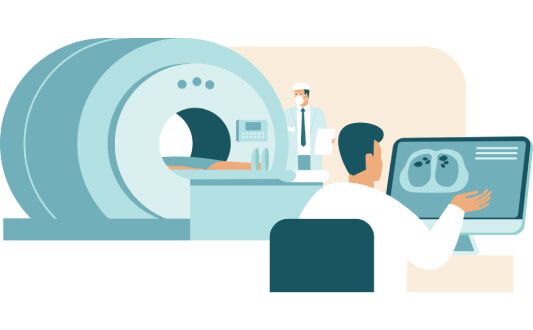 Diagnostics of lung cancer
Diagnostics of lung cancer
With 2.5 million new cases in 2022 and 1.8 million deaths, lung cancer remains the most common cancer diagnosed worldwide. The challenge is early detection: only 17% and 15% of lung cancers in women and men, respectively, are diagnosed at stage 1, when survival is 80-93%. Those with advanced lung cancer have survival rates of less than 20%.
 Dendritic cells: a possible key to treating ulcerative colitis
Dendritic cells: a possible key to treating ulcerative colitis
Dendritic cell therapy for ulcerative colitis is an advanced approach focused on the individual characteristics of the patient’s body. This method is an innovative solution in the world of medicine and opens up new opportunities for those who are looking for effective ways to combat a chronic disease. Unlike standard treatments, dendritic cell...
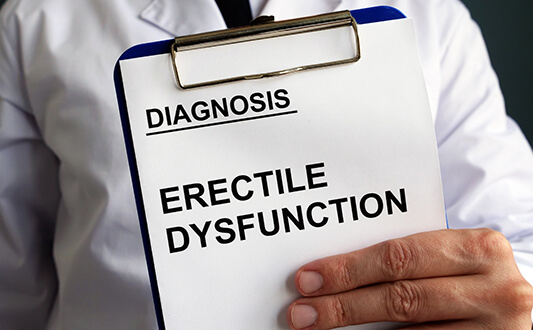 Stem Cell Treatment for Erectile Dysfunction in Germany
Stem Cell Treatment for Erectile Dysfunction in Germany
Erectile dysfunction (ED) is a disease in which it is impossible to achieve a sufficient erection for sexual intercourse. This pathology can have many reasons. Depending on the origin, erectile dysfunction requires different approaches to treatment. Studies in Germany show ED prevalence rates between 18% and 48% among...
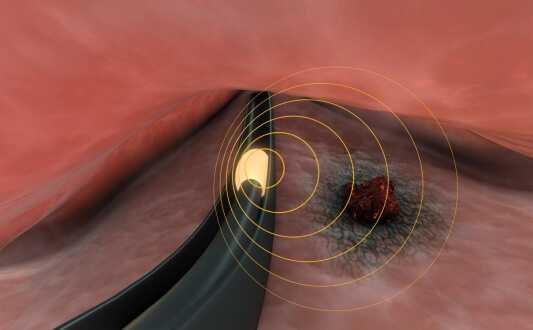 Brachytherapy for Uterine Cancer
Brachytherapy for Uterine Cancer
Uterine cancer, and particularly endometrial cancer - the most common form - has become an increasingly urgent concern worldwide. According to a recent PubMed-indexed global burden analysis, there were approximately 360,253 new cases and 84,630 deaths from endometrial cancer among postmenopausal women in 2021. These figures...
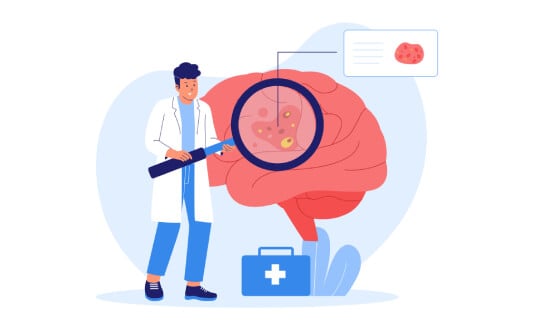 Brain tumor symptoms
Brain tumor symptoms
Globally, brain and central nervous system (CNS) cancers are a significant health burden. In 2022, there were approximately 321,600 new cases and 248,400 deaths from brain and CNS cancers worldwide – a mortality-to-incidence ratio nearing 78% in adults ≥15 years old. Meanwhile, research shows that global deaths from these cancers...
 Medical tourism in Germany: how to go for treatment?
Medical tourism in Germany: how to go for treatment?
In recent years, medical tourism has been on the rise worldwide, and Germany stands out as one of the most trusted destinations for medical treatment. Boasting cutting-edge medical technology, high-quality medical care, and professional healthcare providers, the country has become a top choice for foreign patients seeking complex medical...
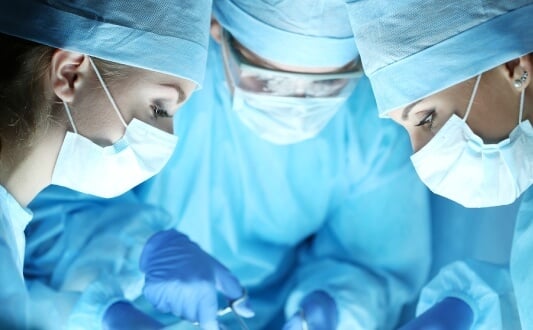 Surgical Treatment for Cervical Cancer
Surgical Treatment for Cervical Cancer
Cervical cancer is one of the most common malignancies among women worldwide, ranking as the fourth most frequent cancer with more than 660,000 new cases and over 350,000 deaths each year. Despite these alarming numbers, progress in early diagnostics and treatment methods has significantly improved survival rates. When doctors...

